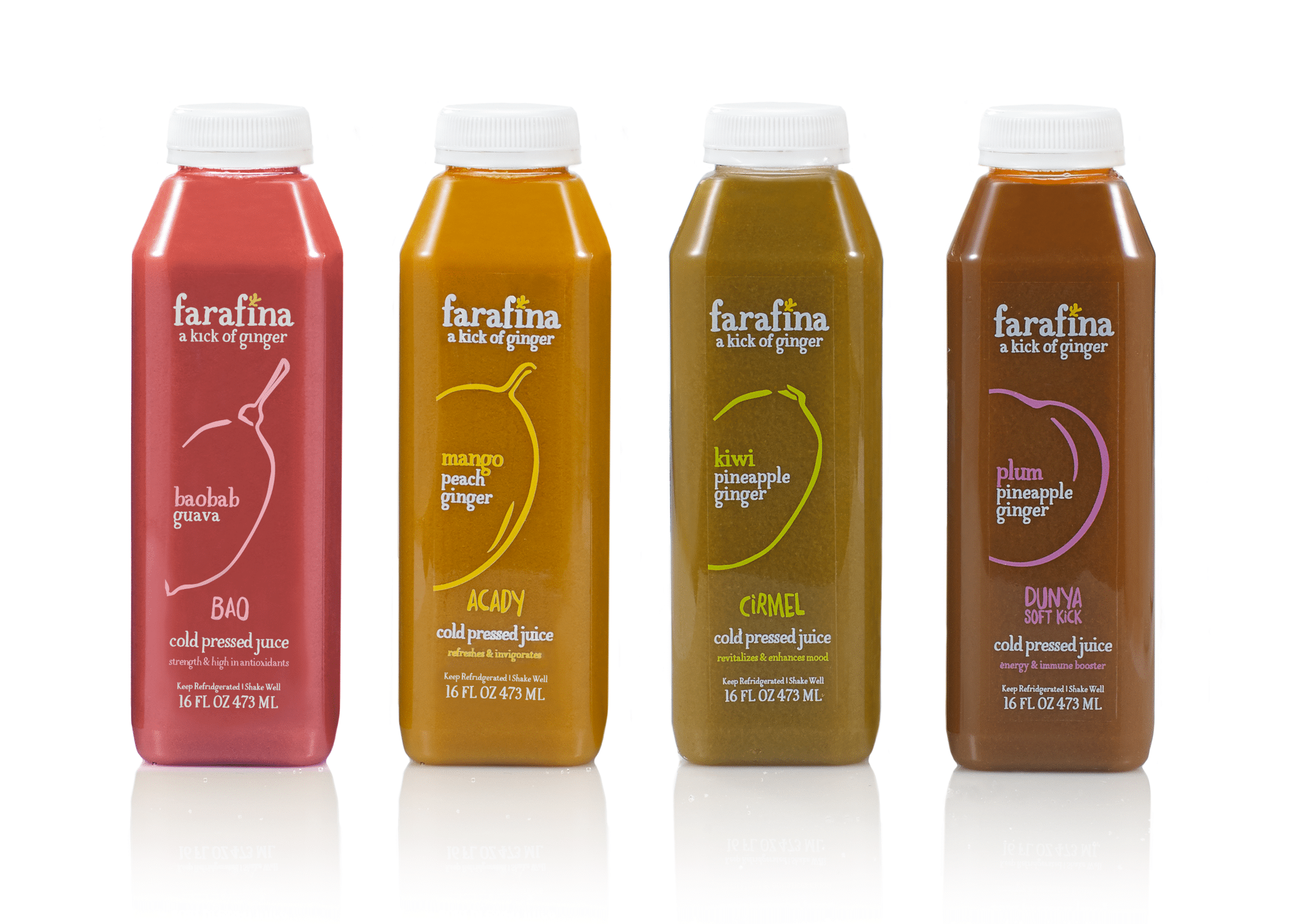To niche or not to niche…is that really the question? By now, you’ve probably heard that niches get the riches, but how to niche down is a little bit more complicated.
Niching can help you pinpoint your target audience, save money by advertising only to them, and build up a strong and loyal brand following.
Choosing a niche doesn’t have to be scary. With the right approach, you can niche down in a way that resonates with your customers and sets you apart from the competition.
First Things First—Why Should You Niche Down?
As a new business owner, you’re probably on the fence about niching. It feels counterproductive to cut out potential customers. You might be tempted to try to sell to everyone.
But the saying “if you try to sell to everyone, you’ll sell to no one” is true. Without a niche, your branding and marketing has to stay vague. In your effort to keep your customer pool wide open, you’ll actually miss out on opportunities to sell.
When you learn how to niche down, you become laser-focused. You know who you’re selling to, what you can do for them, and how to talk to them.
For example, if you run a skincare company, and you want to sell to everyone, you’ll have to create messaging and branding that resonates with teenagers struggling with acne, young adults experimenting with different routines, middle-aged people looking to maintain youthful skin, and those who are already showing signs of aging.
How do you create messaging that resonates to all of those people? You don’t! But what if you choose just one of those groups—you could create a brand specifically targeted to sell to the people who are most likely to buy your product.
That means less wasted time, less struggle trying to brand, and more money coming your way.
Niching: More Than Just an Industry
When you think of niching, what comes to mind? Many business owners think of their niche as their industry—such as health and wellness, beauty, food and beverage.
But a good niche goes deeper than the industry you’re in. In each industry, there are tens of thousands of other brands (or more!). Your niche is what sets you apart from those other brands. It’s your specialty within the industry.

That’s why choosing a clear and focused niche is so important—a successful niche helps you stand out from the crowd. For instance, selling cookies comes with plenty of competition. But our client, Simply Sharon’s, created organic, gluten-free, vegan cookies. By niching down, the brand was able to narrow the scope and position itself as a go-to cookie for those in Miami with dietary requirements.
How to Niche Down in 4 Different Ways
Once you realize that niching is an opportunity and not an obstacle, you have to decide on your niche. This can be an overwhelming decision for business owners.
Fortunately, there are several different ways you can niche! Here are four different approaches you can take when choosing your niche:
Niching for Your Audience
One way to determine your niche is to choose a target audience you want to serve. The audience then impacts your brand and even your product offering. If you sell supplements, perhaps you are targeting pregnant women or senior citizens. You can then design your brand to resonate with that audience.
With the right branding, you become the no-brainer choice to serve that niche. Your customers will even carry your name to online forums, support groups, and friends.
Niching by Product
You can also niche by offering only specific products. If you want to open a juice company, you might decide to make only cold-pressed juice, or use specific fruits. For example, Farafina created juice made from native African fruits.
The more specific you get with your product offering, the less competition you have. (Nobody other than Farafina was making fruit out of baobab!)
Alternatively, you can niche by product features—including organic, gluten-free, natural. Just remember that these features are becoming more and more standard. Spend some time researching your industry to find out how unique they actually are. If you can, combine multiple features to narrow your niche even further.
Niching by Problem
Another way to approach your niche is to think of what problems you solve. This approach gives you the chance to get very specific about what your product does.
For example, LUS brands creates products for curly hair. However, there are many products that serve a curly-haired audience. LUS distinguishes themselves by solving a specific problem: people with curly hair often have to buy dozens of products to tame their curls and spend hours each day fixing their hair.
But LUS advertises themselves as limiting down the amount of products to just a shampoo, conditioner, and curl activator. Their tagline, “curly hair simplified” reflects their niche—solving the problem of too many products and too much time.
Niching by Mission
Some brands take a different approach to niching, distinguishing themselves through their mission or values.

Patagonia is well-known for their mission of social responsibility, pledging 1% of their sales each year to help with environmental preservation. This appeals to their target audience—lovers of nature and the outdoors—and creates a memorable story around their brand.
If your brand is dedicated to a specific mission, such as sustainability, human rights, or activism, consider carving that into your niche.
Mix It Up
Each of these approaches creates a pathway for unique, profitable niches. But you don’t have to limit yourself to just one approach. You can niche through two (or even more) approaches.
For example, the Canadian apparel company Peace Collective niches both by audience and by mission. The brand was started to appeal to “locals,” emphasizing phrases like “Canada is home” on the website.
However, they also distinguish themselves through their causes—giving to organizations that battle food insecurity, provide mental health resources, and offer refugee aid.
Questions to Ask Yourself When Niching
If you’re still running into trouble choosing your niche after reflecting on those four approaches, try asking yourself these questions:
What products do I wish were available?
Think about products you use or problems you have in your life. Maybe you suffer from sensitive skin, or you struggle with finding a certain food item that fits within your diet. The unsolved problems in your life are untapped opportunities and potential niches for your brand.
What products do other people wish were available?
The communities that you are a part of could potentially unlock the answer to your niche. Your Facebook groups, subreddits, or even TikTok hashtags are made up of people similar to you. These groups provide potential target audiences and insight into the problems people are experiencing.
Pay attention to what people are complaining about. Is there a product you could offer that would address their problems or provide solutions for them?

What is important to me and my brand?
Think about your brand story, your values, and your mission. What are you committed to that might resonate with your customers?
What are my competitors doing?
Competitor research is another valuable factor in crafting your niche. Look at your competitor’s taglines, brand stories, brand language, and messaging. Who are they serving? What are they offering? And what can you offer that’s a little bit different?
Final Takeaways on How to Niche Down
Learning how to niche down can be a major barrier to launching your business. You could spend months, or even years, flip-flopping on your niche. While a niche is very important, you shouldn’t let it keep you from moving your business forward.
You should also keep in mind that, while niching is important, you still need a healthy-sized audience to sell to. Don’t narrow your niche so much that you have too few customers to be profitable. If there are no brands selling anything like your products, conduct market research and make sure that there are enough people out there who want it.
Use this guide on how to niche down to carve out a niche that works for you. Remember that business decisions don’t always have to be set in stone—you might find as you grow and scale that your niche changes, and that’s fine!
Finally, remember that your niche doesn’t have to be innovative or revolutionary. Some companies come up with unique ideas that change the game for industries. But most brands simply rely on getting in tune with their audience, understanding how to help them solve problems, and figuring out how to communicate those solutions in an effective way.
Looking for more tips on building your brand? Check out our post Six Steps to Creating a Strong Brand next!
Crème de Mint has specialized in beauty, food and supplement packaging design for more than 15 years. Our CPG branding agency knows how to create compelling, craveworthy designs that can help your brand stand out! Book a call today to chat with us about your packaging design.




